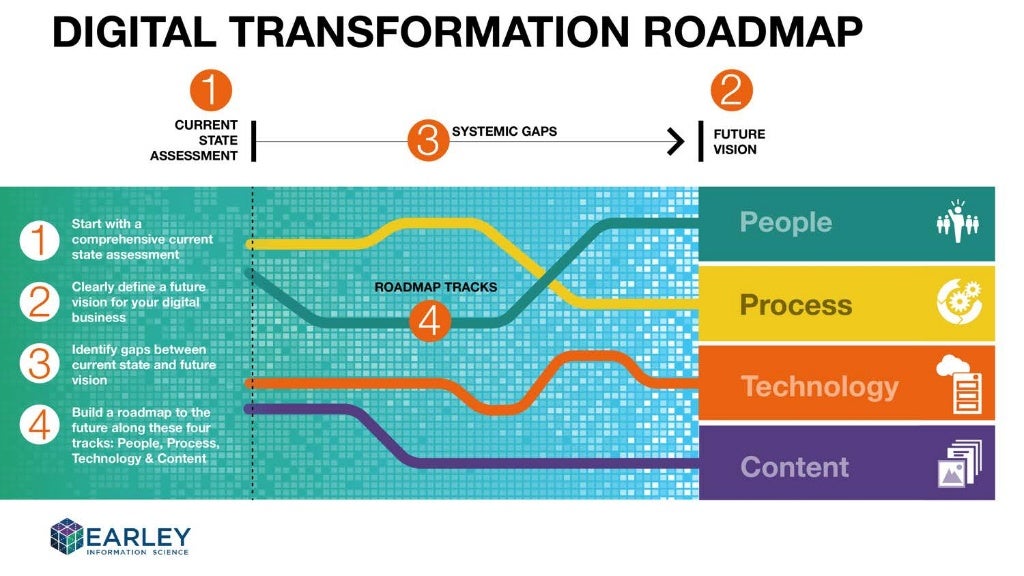Digital Transformation: The Need for a Digital Strategy
Digital Transformation
Technological developments have radically
affected the way we live our lives and have accelerating trends that were
already becoming clear, the COVID-19 pandemic has forced many to bring that
confrontation to reality (Greenway et al., 2021). This was very evident across the
educational landscape. For many people, digital and networked technologies are
now a constant source of just-in-time information and answers to questions, and
a conduit to share information with others as well. Therefore, to meet the
capability needs of the knowledge society, as well as the learning preferences
of students, leaders are aware of a growing imperative to reinvent their
structures and processes, their curricula and pedagogic practice (Bridgstock,
2016).
This need has become evermore evident at The
Lodge School, as the thrust for the development of digital skills are becoming more
pertinent, forcing a dramatic reassessment and conversation about the necessary
skills and abilities to succeed in the globalized world of the twenty-first
century (Akour & Alenezi, 2022). Some people also assert that as a result of technology, the
relationships between students and the institution in terms of learning
expectations and needs are changing. There is the promotion for the development of
competitive and alternative learning to enhance flexible, in-depth, and
individualized learning experiences.
The school has 4 staff points, 1 library and 4 computer labs. None of the staff points are outfitted with computers , therefore staff have to use their own devices. Out of the four labs, only two are equipped with computers, housing 25 systems each. Some of the technology available at the school are 2 smart boards, 1 projector, 1 printer and 1 risograph for teaching staff. The smart boards are not operationally as they need calibrating and updating of their software, However, it must be noted that the administrative staff and or offices have there own printer and desktop systems. The average internet connectivity speed at the school is 200 mbs and there is wired access in staff points and classroom (not all functional). There are two internet providers; Digicel (in the test phase) and Flow (2 connections). Even though these are available, many times the internet is very slow and there can be limited connectivity.
Additionally, there are a variety of software ustilised, primarily, though, Microsoft Office suite is used. The software were selected after evaluation by the ITC. The security measured utilised are antivirus and firewall programmes and a gateway system. There is restricted access to personal information held in the office or by the ITC on confidential cards and a secured programme. Moreover, labs are kept locked when not in use and students who wish to bring to school their devices must seek permission to do so. There is no overarching Acceptable User Policy (AUP) at the school. There was only one evident for use during the online environment. Timetable challenges and access to too few labs have been identified as barriers to the use and integration of technology at the school. Therefore, the needs identified by the ITC are the need for more functional labs and increased exposure of students to develop competencies. Currently, there is no digital strategy at the school.
As a result, it better for The
Lodge School to develop a digital strategy rather than a technology plan. The digital strategy will assist in outlining a roadmap to strategic goals that will assist in identifying and shouldering progress. Furthermore, it will assist in engaging all constituents and allow them to actively, collaboratively construct and achieve the vision, mission and goals for the school. This will include continuous training and professional development, student attainment of qualifications such as CSEC and CAPE as well as the development of 21st century skills such as communication, critical thinking, collaboration, citizenship, creativity, and growth mindset.


Comments
A digital transformation strategy is a plan for how an organization will use digital technologies to improve its business operations and achieve its strategic goals. It is a holistic approach that considers all aspects of the organization, including its people, processes, and technologies.